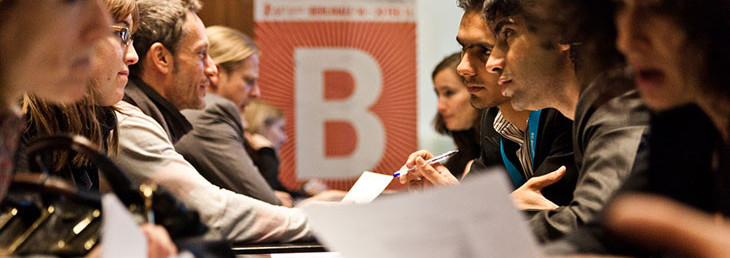Biotech and cosmetics are “speed dating” and it’s not a beauty contest

Biotechnology processes and components have become an important tool to increase productivity or offer new qualities in many traditional industries. Such is the case of cosmetics, where new biotechnology advances are supporting the generation of new biomolecules with new applications or properties, favoring the creation of better and more efficient testing models, and allowing the applicability of individualized products.
Interaction between cosmetic and biotechnology has already produced some success cases. Companies as Phyture Biotech, that created a photoprotection component from cotton; Prima-Derm, which has a cosmetics line based on DNA; or AB-Biotics, sellers of the first probiotic designed to avoid cavities, gingivitis and bad breath.
But these can be thought as exceptional cases considering the potential involved. And those are also examples of interactions most probably ignited by an uncommon management mindset, or maybe even pure chance, a more or less unplanned chain of events or circumstances.
We have already emphasized the need for “match.com-like” tools to drive collaboration by making it much easier and likely, as the “invisibility” of those assets beyond a catalog of products and services or a short and formal description is still one main barrier for more co-innovation projects and partnerships between companies and across industries.
The Spanish Bioindustry Association (ASEBIO) seems to agree, as they do not want to limit to serendipity the potential of this industry interactions with other sectors. Two years ago, ASEBIO organized an event with an innovative format similar to “speed dating” that involved more than 100 meetings between biotech and food companies in just five hours.
More recently, ASEBIO, the Spanish Biotech Platform and STANPA (Spanish Cosmetic Toiletry and Perfumery Association) collaborated to launch in Barcelona a partnering activity to create connections between the cosmetics and biotech sectors. This event brought 60 companies from both industries together for the first time to find ways for collaboration.
250 one-on-one meetings of 30 minutes each were held in total by about 80 professionals of both sectors of which may emerge some future industrial partnerships. Biotech firms presented to potential partners services and technologies such the use of microalgae, ingredients for food supplements or microbial fermentation. All these represent ways to improve beauty products or combating skin aging as closely as possible to the user’s metabolism.Spanish cosmetic sector annual sales are 7,000 million euros. 3,000 are exports, which exceeds international sales of traditional industries such as footwear or olive oil.
Spanish Bioindustry Association
STANPA (Spanish Cosmetic Toiletry and Perfumery Association)
